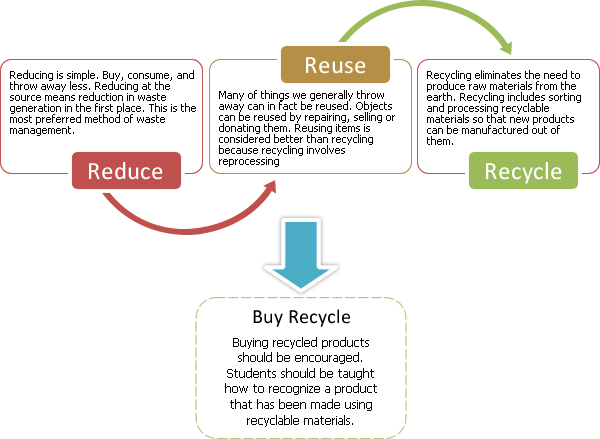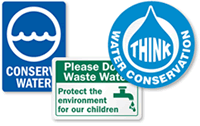
- Home
-
Custom
-
- Metal Signs
- Custom Shaped Signs
- Designer Signs
- Reflective Signs
- Brass Signs
- Street Signs
- Upload Your Design
- Plastic Signs
- Acrylic Signs
- Braille Signs
- Engraved Plastic Signs
- PermaCarve Signs
- Projecting Signs
- ShowCase Signs
-
-
Parking & Traffic
-
- Custom Parking Signs
- Handicap Parking Signs
- No Parking Signs
- Reserved Parking Signs
- Stop Signs
- Tow Away Signs
- Customer Parking Signs
- Driveway Signs
- Parking Lot Signs
- Time Limit Parking Signs
- Visitor Parking Signs
-
-
Property & Security
-
- Property Signs
- Custom Property Signs
- 911 Address Signs
- Authorized Personnel Only Signs
- Gun Law Signs
- Keep Off Grass Signs
- Private Property Signs
- Prohibition Signs
- Restricted Area Signs
- Visitor Signs
- Security Signs
- Home Security Signs
- Neighborhood Watch Signs
- No Soliciting Signs
- No Trespassing Signs
- Video Surveillance Signs
-
- Safety
- Door & Facility
- Posts & Bases
-
By Industry
-
- Churches
- Custom Signs
- Directory
- Church Office
- Changeable Message Kit
- Parking
- View All →
- Manufacturing
- Floor Tape
- PPE
- QC Labels
- Safety Scoreboards
- Workplace Safety
- View All →
- Construction
- Custom Signs
- Construction Area
- Construction Safety
- Hard Hat Stickers
- Pipe Markers
- View All →
- Real Estate
- Apartments & HOAs
- Leasing Office
- Parking Permits
- Resident Parking
- Visitor Parking
- View All →
- Healthcare
- Custom Signs
- AED
- Hospital Parking
- Medical Safety
- Medical Wayfinding
- View All →
- Schools
- Custom Signs
- Drop Off & Pick Up
- Parking
- Safe School Zone
- Traffic
- View All →
-








 Keeping in mind the motto to "Reduce, Reuse, Recycle & Buy Recycled",
any school can initiate and effectively implement a waste reduction program and reduce waste generation
significantly. Since waste is generated communally in school, it should be reduced using the collective efforts of
the staff and students. School officials have an important role to play here as they have an opportunity to
influence many lives around them. Teaching the importance of waste reduction can help students make wise decisions
in their personal lives as well.
Keeping in mind the motto to "Reduce, Reuse, Recycle & Buy Recycled",
any school can initiate and effectively implement a waste reduction program and reduce waste generation
significantly. Since waste is generated communally in school, it should be reduced using the collective efforts of
the staff and students. School officials have an important role to play here as they have an opportunity to
influence many lives around them. Teaching the importance of waste reduction can help students make wise decisions
in their personal lives as well.



